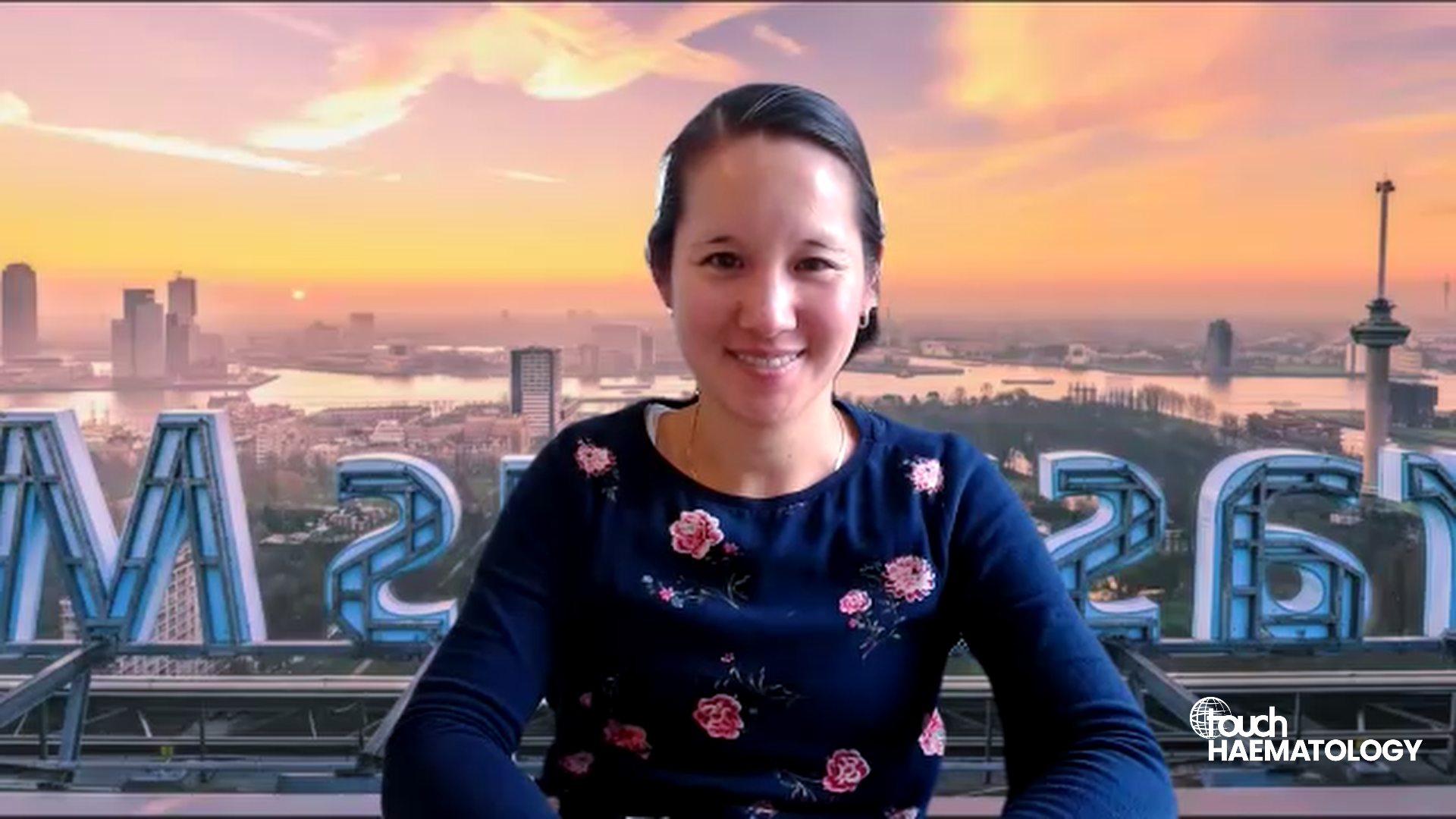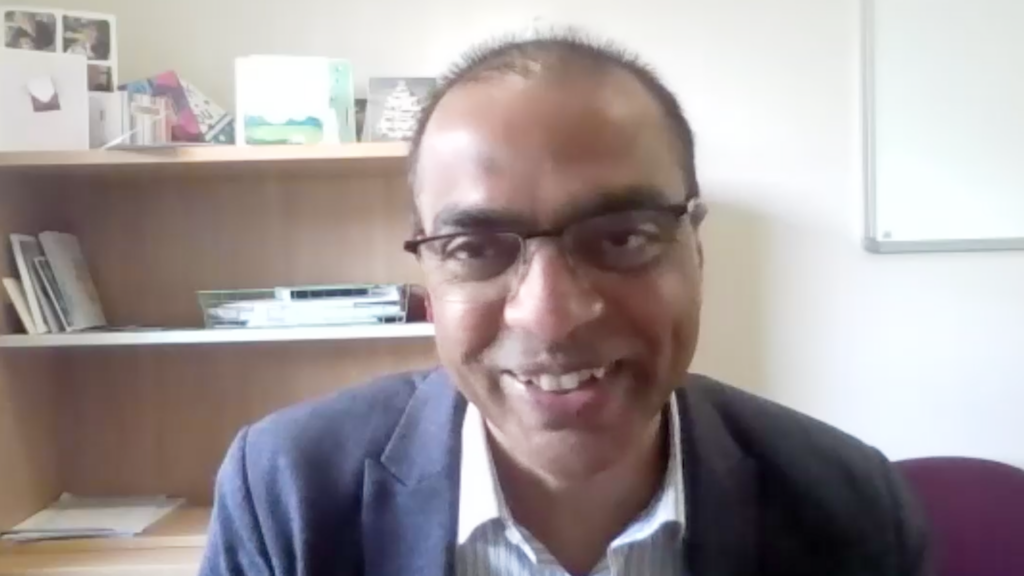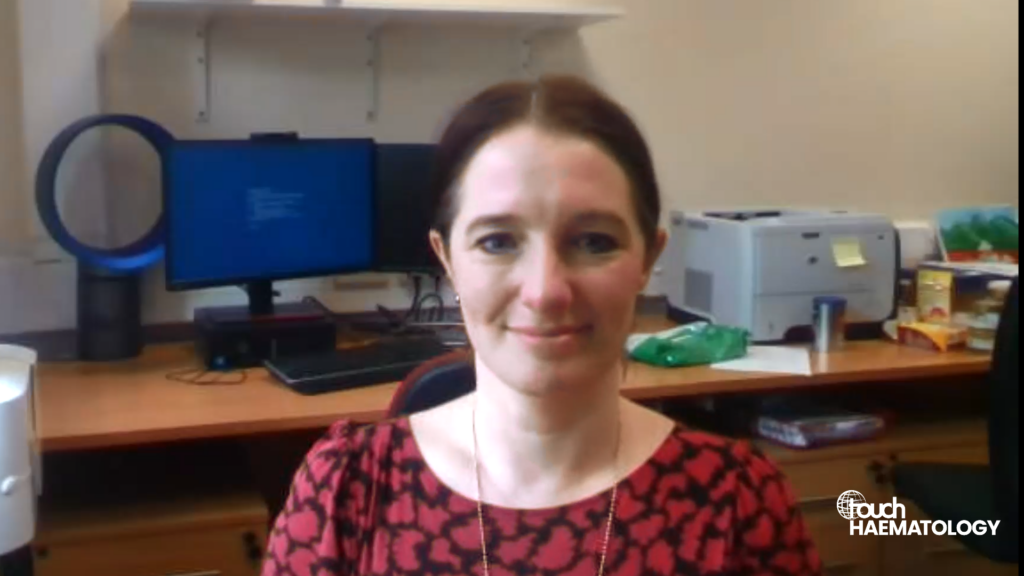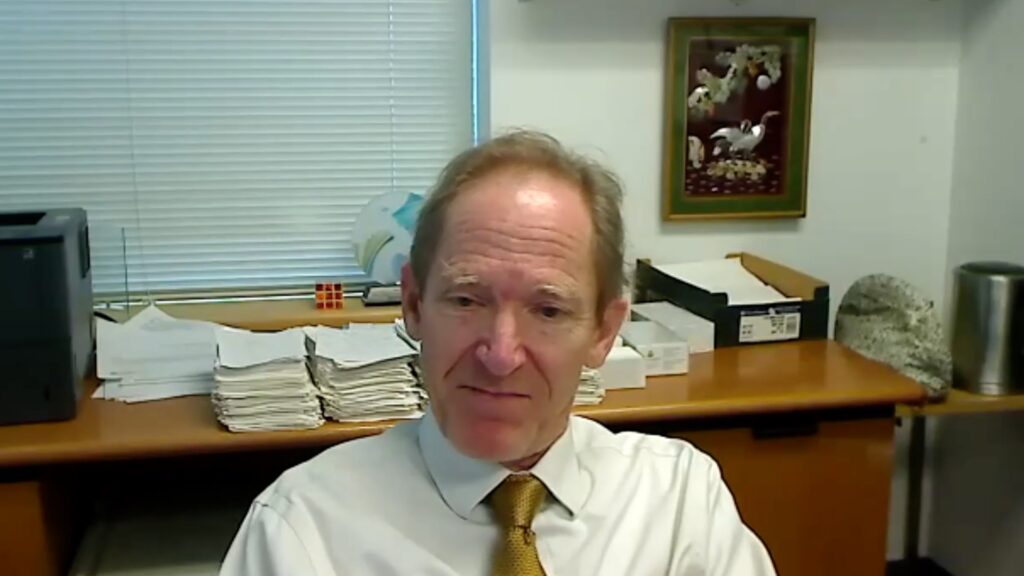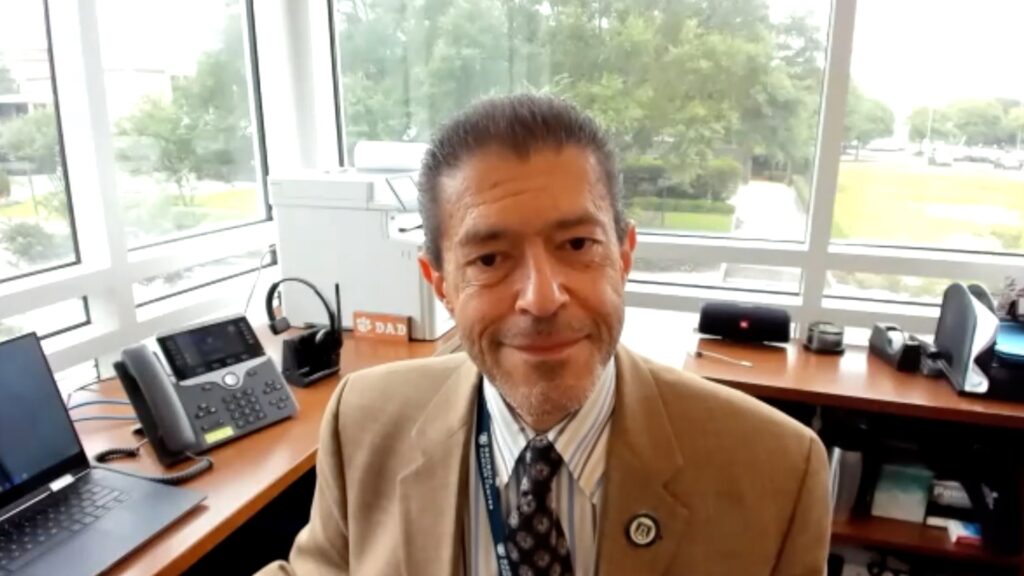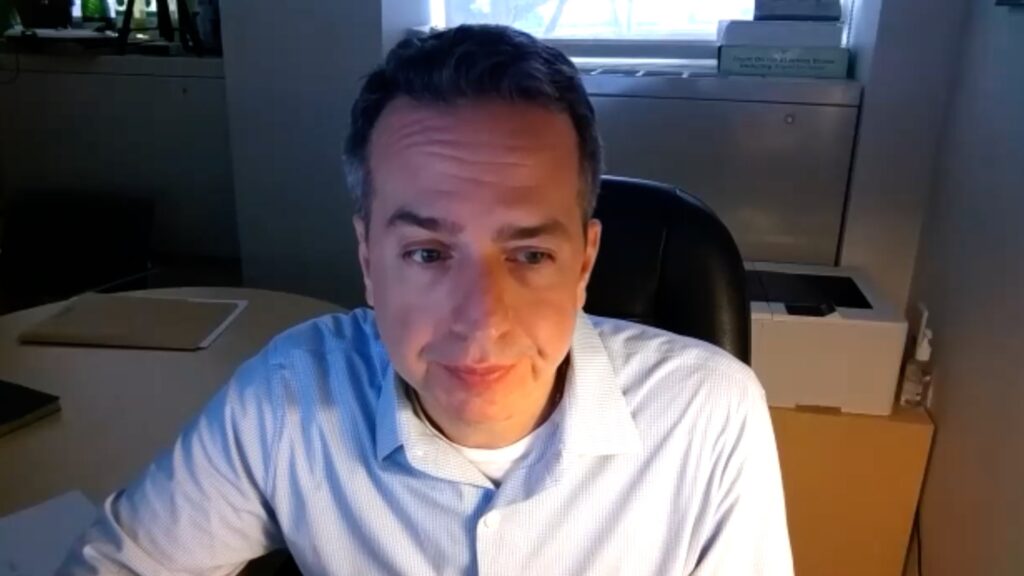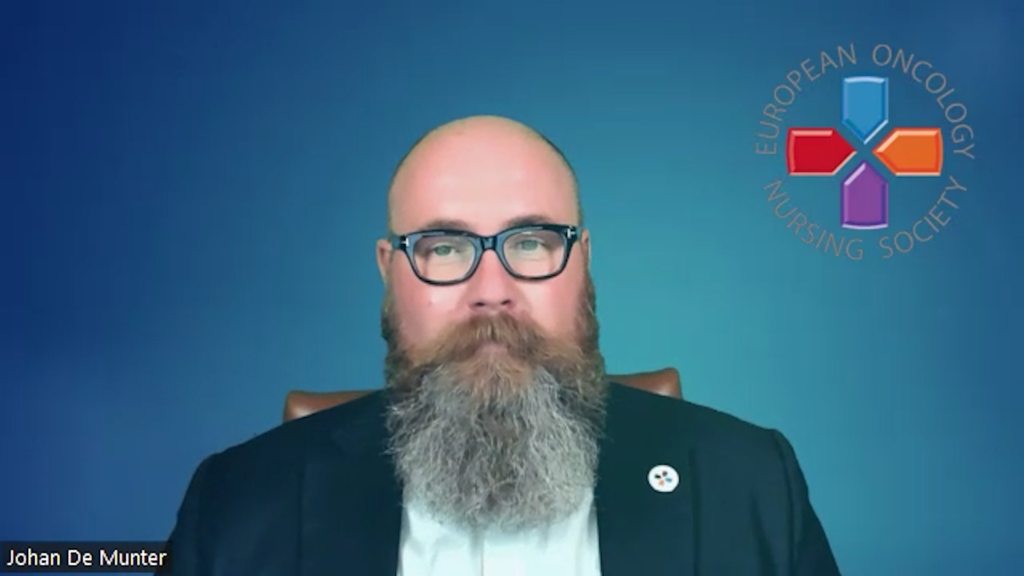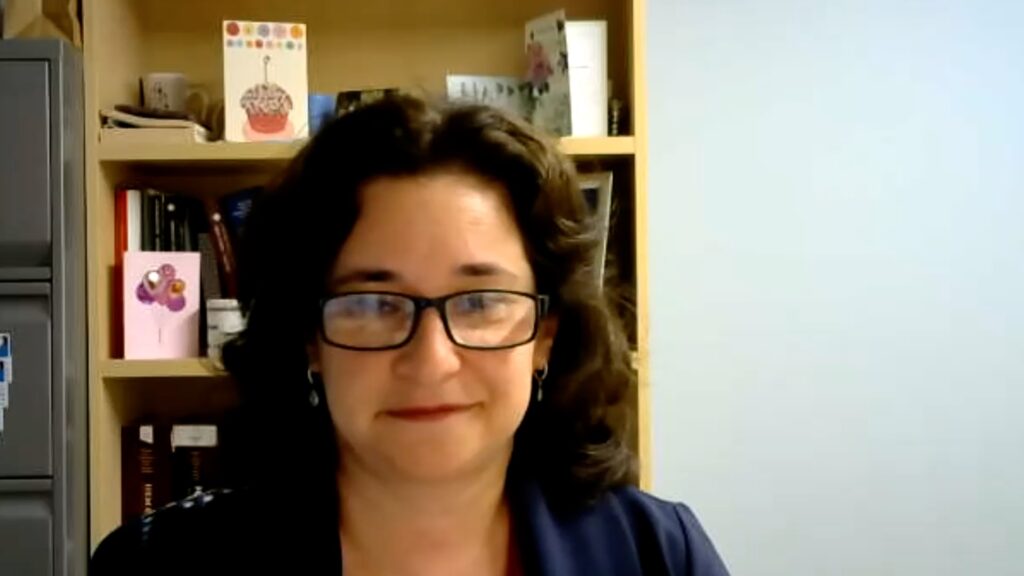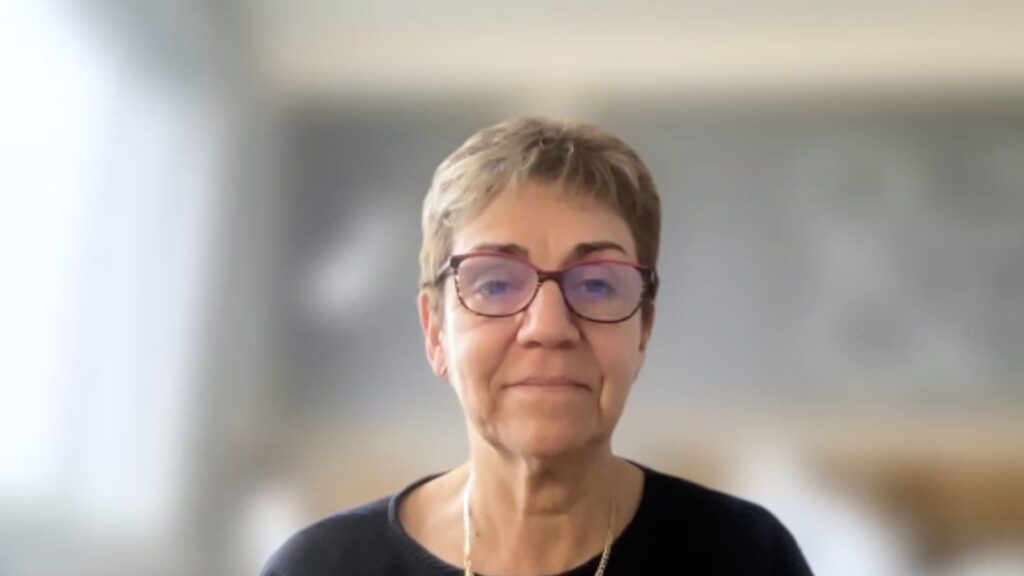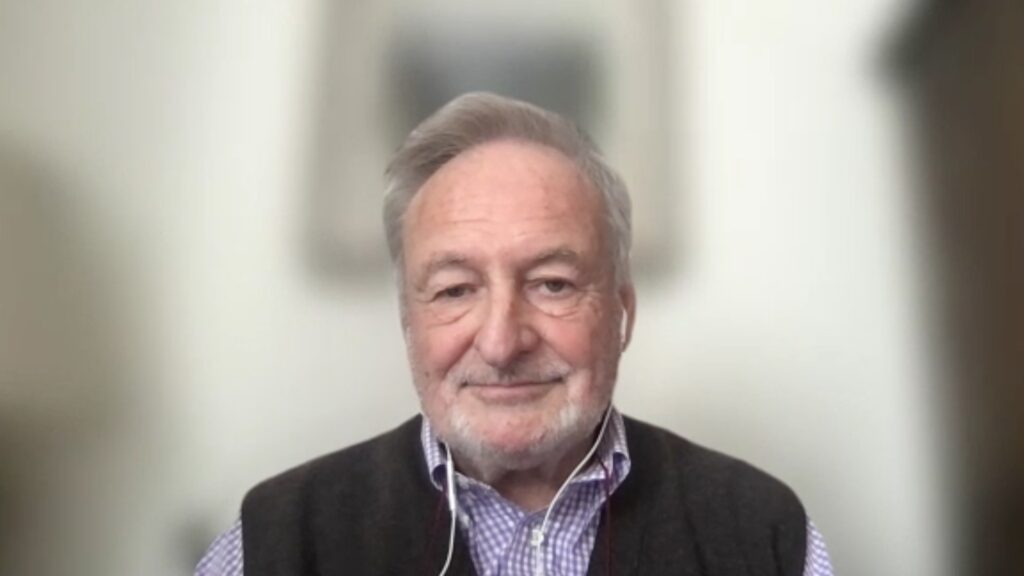The REVIVE study (NCT0405704) is a phase II study investigating the effect of rusfertide, a first-in-class hepcidin mimetic, on the control of erythrocytosis in patients with polycythaemia vera. touchHAEMATOLOGY caught up with Dr Marina Kremyanskaya (Icahn School of Medicine at Mount Sinai, NY, USA) to discuss the main findings of the REVIVE study and the next steps in the clinical development of rusfertide.
The abstract entitled ‘TARGETED THERAPY OF UNCONTROLLED ERYTHROCYTOSIS IN POLYCYTHEMIA VERA WITH THE HEPCIDIN MIMETIC, RUSFERTIDE: – BLINDED RANDOMIZED WITHDRAWAL RESULTS OF THE REVIVE STUDY’ (Abstract #LB2710) was presented at the EHA 2023 Congress, 8–11 and 14–15 June 2023.
Questions:
- What were the clinical endpoints and how well were these achieved? (0:15)
- What will be the next steps in the clinical development of rusfertide? (2:36)
Disclosures: Marina Kremyanskaya discloses consultancy for Protagonist, grant/research support from Dompe, and honoraria from Morphosys, AbbVie and CTI.
Support: Interview and filming supported by Touch Medical Media. Interview conducted by Atiya Henry.
Filmed as a highlight of EHA 2023.
Transcript
Hi. I’m Marina Kremyanskaya. I’m an Associate Professor of Medicine at Mount Sinai School of Medicine in New York City.
What were the clinical endpoints and how well were these achieved? (0:15)
Primary endpoint of the study was the number of responders in the part two, which was the randomized part of the study. And the responders were defined as those patients that did not receive any therapeutic phlebotomy during the 12 weeks of the study, were not eligible to receive phlebotomy during those 12 weeks of the study and also actually completed full 12 weeks of part two of the study. So some patients in the study did not complete the 12 weeks for whatever reason, and, even though they did not actually require therapeutic phlebotomy, they were considered non-responders. So the primary efficacy analysis was looking at the percentage of responders in part two for those patients that received rusfertide or received the placebo. And so the difference was pretty remarkable in the two groups. For those patients that were on rusfertide, the percentage response rate was 69% and for those patients that were on the placebo arm of the study, the percentage response rate was 18.5%. And so a significantly higher number of patients were responders in rusfertide. And so this is a pretty significant response rate for patients for any therapy that we use to treat polycythaemia vera. I also want to point out that the study included those patients that were initially prior to the study just treated with therapeutic phlebotomy alone or were treated with therapeutic phlebotomy plus cytoreductive therapy. And these response rates were seen in both cohorts of the study, so those that were on cytoreductive therapy and those who were treated with therapeutic phlebotomy alone. The rusfertide was well tolerated. Most of the treatment emergent adverse events were related to injection site reactions that were grade 1 or grade 2, were easily treated, and the majority of patients remained on the study. And the frequency of treatment of these injection site reactions reduced with ongoing treatment.
What will be the next steps in the clinical development of rusfertide? (02:36)
So this was phase 2, even though these were randomized studies, but this was still a relatively small number of patients in the phase 2 study. So currently, there’s an ongoing phase 3 study that is enrolling patients worldwide where patients will be randomized to receive, again, placebo or to receive rusfertide in addition to their whatever therapy they’re currently on. And then they will go through the six months period of randomization. And then eventually all patients will be able to cross over to the treatment arm, so all patients would be able to receive rusfertide at some point on the study. But this is the phase 3 study, which will really give us more information on the efficacy, safety, as well as, in terms of efficacy, it will give us also a better look at improvement in symptoms that we also saw in part two of the study, though that was not randomized data. So this will be really interesting to see in the randomized study.
Subtitles and transcript are autogenerated

